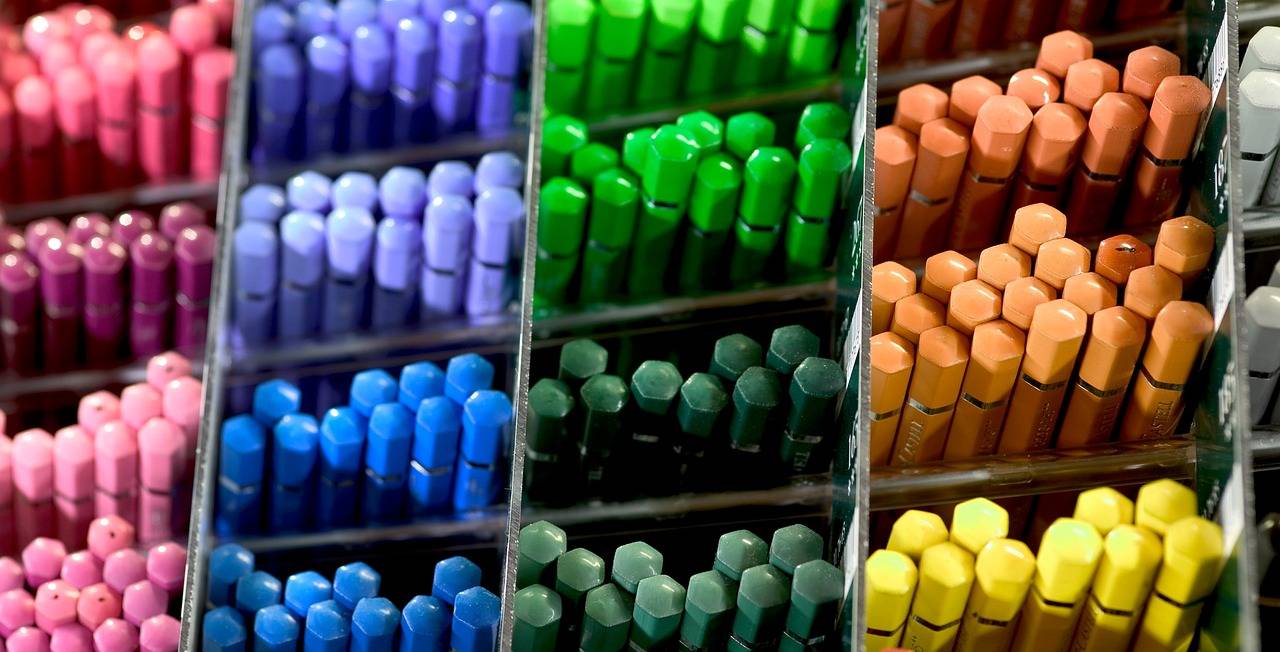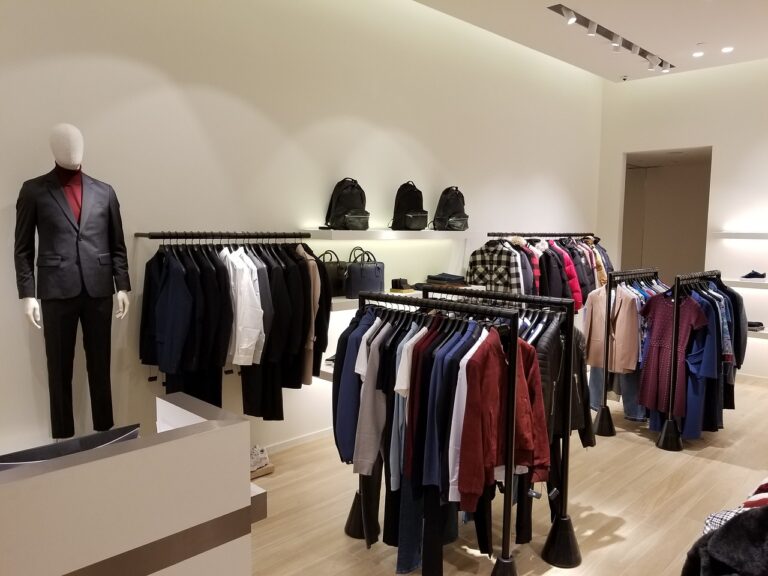The Psychology of Product Packaging: How Design Influences Perception
Color plays a crucial role in product packaging design, as it is often the first element that catches the consumer’s eye. Different colors evoke specific emotions and perceptions in individuals, influencing their purchasing decisions. For example, bold and vibrant colors like red and yellow can create a sense of urgency and excitement, grabbing attention on the store shelves.
Moreover, colors also help in conveying the brand’s identity and message to the consumers. Consistent use of color schemes across different products can strengthen brand recognition and association. It is essential for brands to carefully choose colors that align with their brand values and the intended message they want to communicate to their target audience.
The Impact of Typography on Consumer Behavior
Typography plays a crucial role in evoking emotions and influencing consumer behavior. The choice of fonts, sizes, and styles in packaging design can communicate different messages to consumers without saying a word. For instance, a bold and modern font may convey a sense of innovation and youthfulness, while a classic serif font might suggest tradition and authenticity.
Moreover, typography can enhance brand recognition and create a cohesive brand image across various products. Consistent use of specific fonts and styles in packaging design can help consumers instantly associate a certain typography with a particular brand, establishing a strong brand identity. When employed thoughtfully, typography can not only grab consumers’ attention but also leave a lasting impression that strengthens brand loyalty.
The Importance of Branding in Packaging Design
When it comes to packaging design, branding plays a crucial role in making a lasting impression on consumers. Branding is more than just a logo or a name on a package; it encompasses the identity and reputation of the company behind the product. Effective branding helps convey the values, personality, and story of the brand, creating a connection with consumers and influencing their purchasing decisions.
In packaging design, branding can help differentiate a product from its competitors on the shelves. Strong branding elements, such as color schemes, typography, and logos, can make a product easily recognizable and memorable to consumers. Consistent branding across different products from the same brand can also help build brand loyalty and trust among consumers, leading to repeat purchases and brand advocacy.
• Branding is more than just a logo or name on a package
• It encompasses the identity and reputation of the company behind the product
• Effective branding conveys values, personality, and story of the brand
• Creates connection with consumers and influences purchasing decisions
In packaging design:
• Branding helps differentiate a product from competitors on shelves
• Strong branding elements make a product easily recognizable and memorable
• Consistent branding across products builds brand loyalty and trust
• Leads to repeat purchases and brand advocacy
Why is branding important in packaging design?
Branding in packaging design helps to differentiate a product from its competitors, build brand recognition, and create a memorable impression on consumers.
How does color play a role in product packaging?
Color in product packaging can evoke different emotions and perceptions in consumers, influence purchasing decisions, and help to communicate the brand’s identity and message.
What impact does typography have on consumer behavior?
Typography in packaging design can affect readability, brand perception, and the overall visual appeal of a product. It can also help to convey important information and enhance the brand’s personality.
How can effective branding in packaging design benefit a business?
Effective branding in packaging design can lead to increased brand loyalty, customer recognition, and sales. It can also help to establish a strong brand presence in the market and create a positive brand image.





